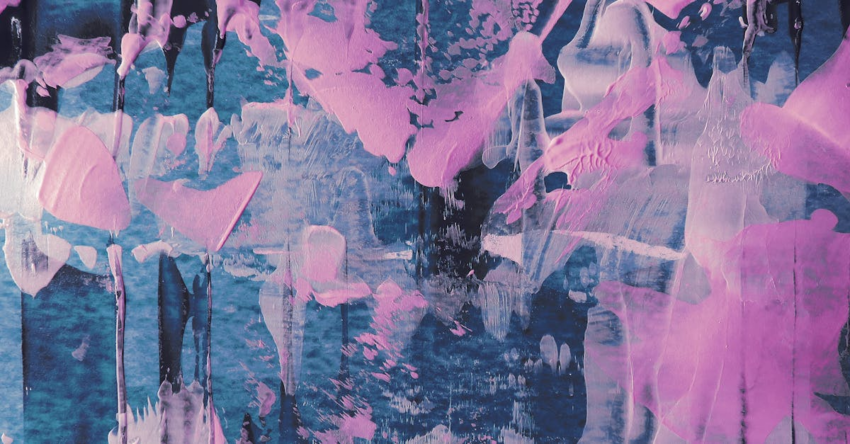Have you ever wondered about the power of art therapy in your healing journey? With more people turning to creative rehabilitation, art is making waves as a tool for recovery. You may have seen your friends sharing their expressive therapy experiences online or read about it in recent articles. Art therapy offers a unique way to express emotions without words, tapping into your creativity and intuition to help manage stress, anxiety, and other mental health problems.
But diving into art therapy can feel overwhelming, especially if you’re unsure where to start or what to avoid. It’s easy to fall into common traps that might hinder your progress. From choosing the wrong forms of therapy to not fully engaging your creativity, there are mistakes you should be aware of. Understanding these pitfalls empowers you to harness the full potential of therapeutic art for personal growth and healing.
Explore these common missteps and find out how to steer clear of them. Discover how to make the most of your artistic expression in recovery, and let your journey of healing through art become a positive one. Dive in to unlock the secrets of art’s transformative power!

Photo provided by Anni Roenkae on Pexels
Within the article
5 Mistakes Most People Make When Trying Art Therapy
Choosing the Wrong Art Medium
When starting with art therapy, you might feel overwhelmed by the choices of art mediums. It’s important to explore different options to find what suits you best. You could try painting, drawing, or even sculpting. Each medium offers unique ways to express feelings. However, many people choose the wrong medium and get frustrated. Therefore, it’s crucial to experiment and see what feels right for your emotions.
Neglecting Consistency
Art therapy needs consistency to be effective. You might expect immediate results, but like any therapeutic practice, it takes time. Make art therapy a regular part of your routine. You could set aside a few minutes daily or weekly. By maintaining a schedule, you can better understand your emotions and thoughts. However, some people don’t stick with it, so they miss out on benefits.
Overthinking Artistic Skills
Many people worry too much about their artistic skills. But art therapy isn’t about creating perfect art. Focus on expressive therapy over perfection. It’s about how you feel during the process, not the final product. Let go of the need to create something pretty. Instead, use art to express thoughts and feelings. This way, you’ll find the process more therapeutic and rewarding.

Photo provided by Steve Johnson on Pexels
Misunderstanding the Purpose of Art Therapy
Some people see art therapy as simply making art. However, the goal is healing through art, not just art creation. The process aids in understanding and processing emotions. It’s a powerful tool for self-discovery and healing. Those who miss this point may not get the full benefits. Therefore, aim to understand and embrace this deeper goal.
Lacking Professional Guidance
While you can try art therapy on your own, professional guidance can be very helpful. Seek help for holistic rehabilitation benefits. A trained therapist can offer insights and techniques that you might not discover alone. They help tailor the sessions to your needs, maximizing benefits. Ignoring professional guidance might lead to slower progress. So, consider seeking a therapist specializing in art therapy.
Ignoring Emotional Connections
Art therapy is about connecting with your emotions. However, some people focus more on the art and less on feelings. It’s essential to emphasize emotional release in art therapy. Pay attention to what emotions arise during the creative process. Use art to process and express these feelings. This connection can lead to a greater sense of relief and understanding.

Photo provided by ROMAN ODINTSOV on Pexels
Benefits of Art Therapy in Mental Health Rehabilitation
Art therapy offers many benefits for mental health rehabilitation. It encourages artistic healing for recovery. Engaging in creative activities can reduce stress and anxiety while promoting relaxation. It helps clients explore emotions non-verbally, which can be less intimidating than talking therapy. For many, art becomes a safe space to express themselves freely.
Creative Rehabilitation Techniques
Art therapy includes various techniques that support growth and healing. Utilize art in recovery for growth. Techniques like journaling, collage-making, or group projects can help you see different perspectives. These methods allow you to explore thoughts creatively, which may uncover hidden emotions and solutions.
Value of Artistic Expression
The value of artistic expression in therapy is enormous. It can enhance mental wellness through artistic expression. Through art, you learn to express what words cannot capture. This freedom can lead to better self-awareness and emotional release. For many, this makes art therapy an invaluable part of their mental health journey.
Finding Creative Freedom
Expressive arts offer you a unique path to healing. By engaging in therapeutic art, you can discover new ways to express emotions, reduce anxiety, and find emotional balance. The journey of creative rehabilitation can transform your approach to mental wellness, offering you both insight and peace of mind.
Start by dedicating some time each week to engage in simple artistic activities. You don’t need fancy materials; a pencil and paper are enough to begin. Consider joining a group or session where you can explore your creative side with others. You can learn techniques from experienced guides and connect with peers who are also on this journey.
Take charge of your mental health journey with art. Try an art session today and see how it can bring positive changes to your life. You’ve got this!
